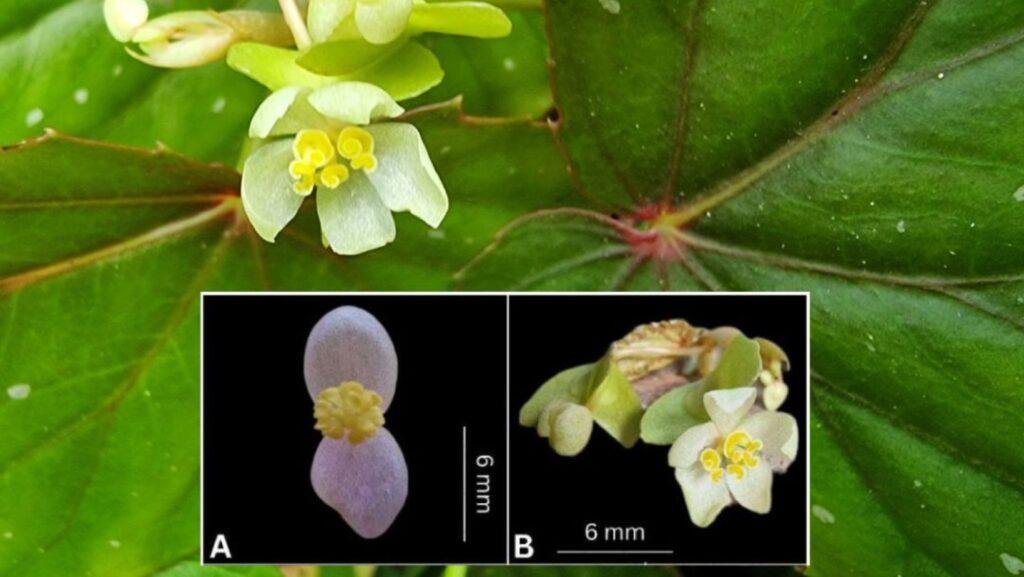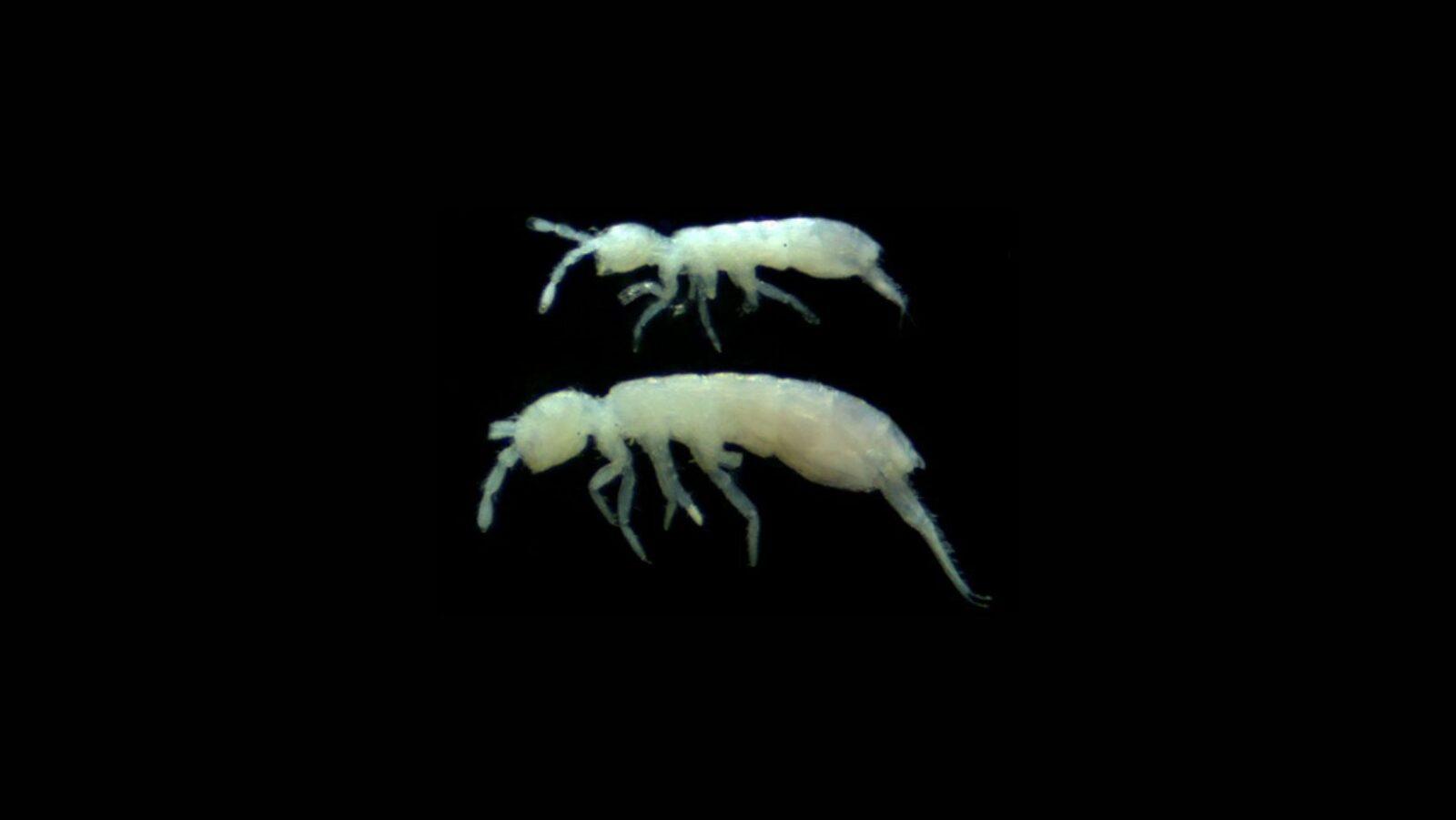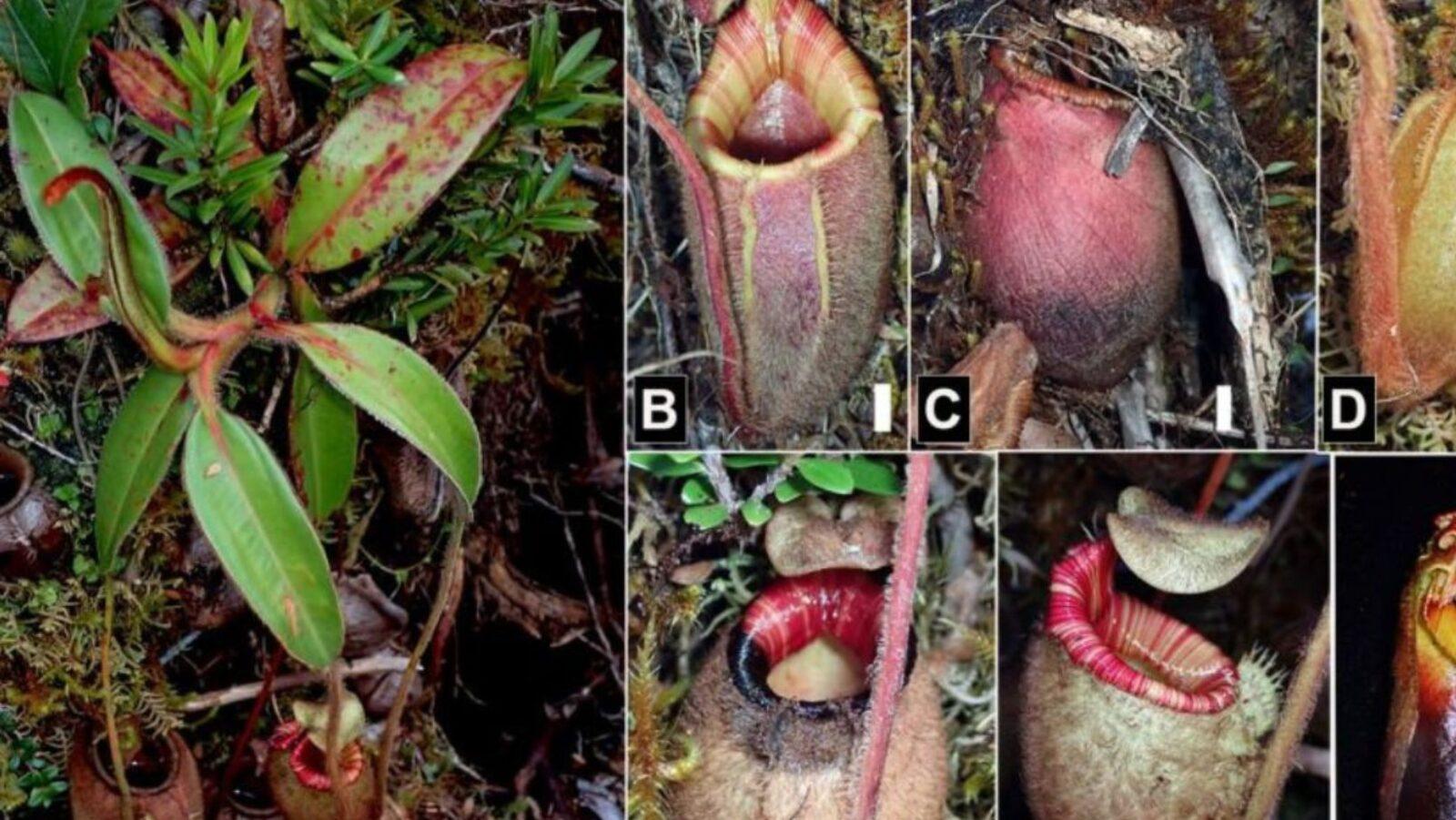
In March 2024, the description of a new species of flowering plant from the Philippines was published in Taiwania: International Journal of Biodiversity.
𝘽𝙚𝙜𝙤𝙣𝙞𝙖 𝙢𝙖𝙩𝙖𝙝𝙤𝙢
Distribution/habitat: Mt. Tingtingan, Sitio Tingtingan, Badong, Tago, Surigao del Sur
Endemic: Yes
Distinctive traits: 𝘉. 𝘮𝘢𝘵𝘢𝘩𝘰𝘮 shares some characteristics with 𝘉. 𝘣𝘦𝘯𝘪𝘵𝘰𝘵𝘢𝘯𝘪𝘪 (another 𝘉𝘦𝘨𝘰𝘯𝘪𝘢 species in Surigao), including smooth, erect stems and leaves with serrated outer edges and sparsely distributed white spots. Its most noteworthy characteristic is that its staminate (male) and pistillate (female) flowers have different colors—pale pink and yellowish-green, respectively—which is uncommon for a 𝘉𝘦𝘨𝘰𝘯𝘪𝘢 plant. It has been observed to bloom and bear fruit during the peak of the dry season, from April to May.
Conservation status: Data Deficient (DD); it is only known from the type locality, and is in an area that is not under the National Integrated Protected Areas System (NIPAS) of the Philippines.
Described by: Freddie Blasco, Grecebio Jonathan Alejandro, Danilo Tandang, and Rosario Rubite
Etymology: Its species name is from “an archaic Bisayan word […] which means beautiful, lovely, unique, and rare,” a reference to the different colors of its flowers.
Significance
Due to what the authors described as the “peace and order situation” in the area, only the base of Mt. Tingtingan has been explored. The inland forest has yet to be closely studied. The discovery and description of 𝘉. 𝘮𝘢𝘵𝘢𝘩𝘰𝘮 emphasizes both the potential to find new species in the area and the urgency of protecting such biodiverse spaces.—MF
Reference:
Author: Mikael Angelo Francisco
Bitten by the science writing bug, Mikael has years of writing and editorial experience under his belt. As the editor-in-chief of FlipScience, Mikael has sworn to help make science more fun and interesting for geeky readers and casual audiences alike.









